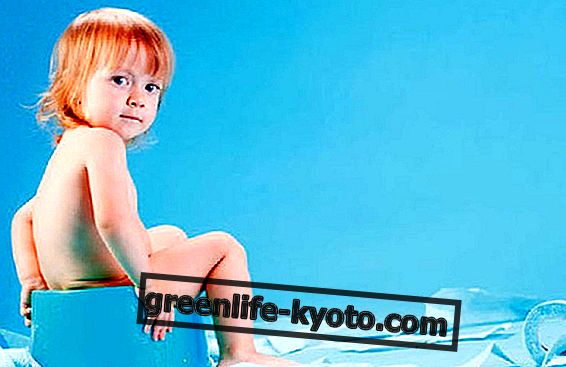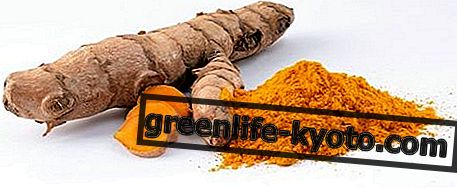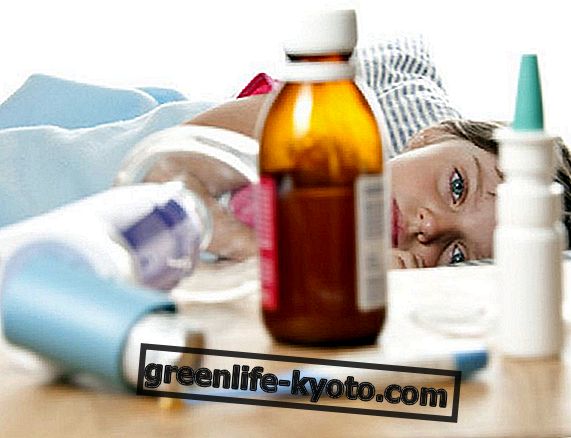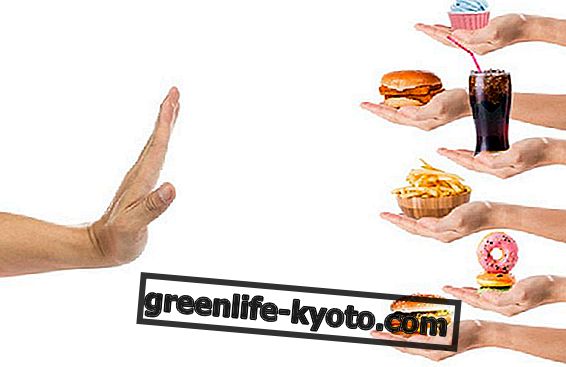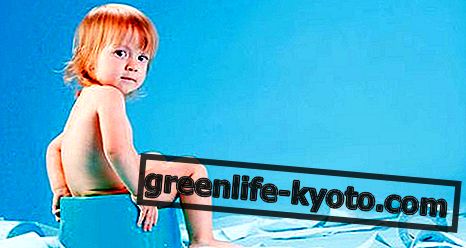
Jaundice is a yellowish discoloration of the skin, white part of the eyes and gums due to an accumulation of bilirubin .
It is a rather common condition in the newborn, not only in premature babies; in fact, about 60% of newborns have visible jaundice .
Jaundice generally has no consequences for the newborn. However, it is important to keep it under control because very high levels of bilirubin, if neglected, can lead to brain damage.
Characteristics of physiological jaundice and pathological jaundice of the newborn
In most cases, jaundice in the newborn is physiological and disappears spontaneously, that is, without the need for any therapy.
In order to talk about physiological jaundice, according to the Recommendations for the treatment of neonatal hyperbilirubinemia of the Italian Neonatology Society, the following conditions must be met:
- It appears after the first 24 hours of life.
- It reaches its maximum intensity between the third and fifth day of life in the full-term and seventh-day infants in preterm babies.
- Bilirubin values usually do not exceed 12/13 mg / dl (values may be higher in Asian, Hispanic and South American populations).
- Bilirubin increases by <0.5 mg / dl / hour.
- It is no longer found after the fourteenth day of life.
If jaundice appears in the first 24 hours of life, bilirubin has higher values than those indicated above and exceeds 15 mg / dl; if the values increase faster and jaundice is found even beyond the fourteenth day of life we speak of pathological jaundice.
Causes of physiological jaundice in the newborn
Primarily, jaundice in the newborn manifests itself because the liver is not yet mature enough to adequately metabolize bilirubin or because an increased bilirubin load occurs for other reasons; from the umbilical cord, especially if this is immediately cut, comes a very high amount of red blood cells which break and release hemoglobin and then bilirubin.
Bilirubin is a yellow pigment that derives from the catabolism of hemoglobin a.
There are also some factors that can increase the risk of jaundice in the newborn :
- Gestational diabetes in the mother and macrosomic child;
- Family history of jaundice;
- Premature baby;
- Use of obstetric suction cup during childbirth;
- Exclusive breastfeeding.
Jaundice due to exclusive maternal breastfeeding usually occurs after the fourth / fifth day of life because human milk may contain a substance that causes an increased reabsorption of bilirubin by the intestine .
Furthermore, in some cases, the exclusively breastfed child eats little by suffering a weight loss greater than that considered physiological, a condition which causes the formation of a greater quantity of bilirubin.
The problem resolves spontaneously when the baby takes a good pace and milk production becomes sufficient to satisfy his nutritional needs.
The appearance of breastfeeding jaundice is not a valid reason to abandon breast milk, which is always the best food for the baby.
Causes of pathological jaundice in the newborn
The pathological jaundice can have different causes, the most important is due to the incompatibility with the Rh factor, ie mother with Rh negative and newborn with Rh positive, or from AB0 blood group, ie mother with blood group 0 and child with group A or B.
The Rh factor incompatibility can be prevented thanks to the specific antibodies that are injected to the mother after the first pregnancy and that prevent the production of these antibodies in subsequent pregnancies. It is a rare condition in the first pregnancy.
Some other less frequent causes are:
- Infections.
- High number or other red blood cell abnormalities.
- Thyroid hormone deficiency.
- Some genetic diseases.
In the case of pathological jaundice, the newborn is subjected to various tests to identify the cause .
The pathological jaundice must be treated: usually phototherapy is used, ie the newborn is subjected to the emission of a particular blue light beam that helps to dispose of excess bilirubin more quickly.
Phototherapy is administered for several hours a day until the jaundice disappears, protecting the eyes of the newborn with a black mask, in a hospital stay regime.
In some very rare very serious cases it is necessary to resort to more important therapies, such as blood transfusions.


